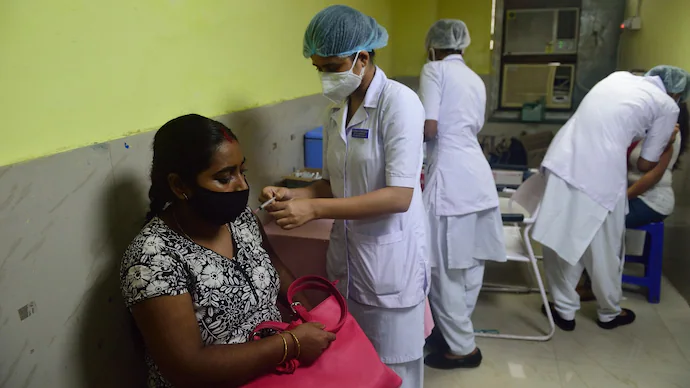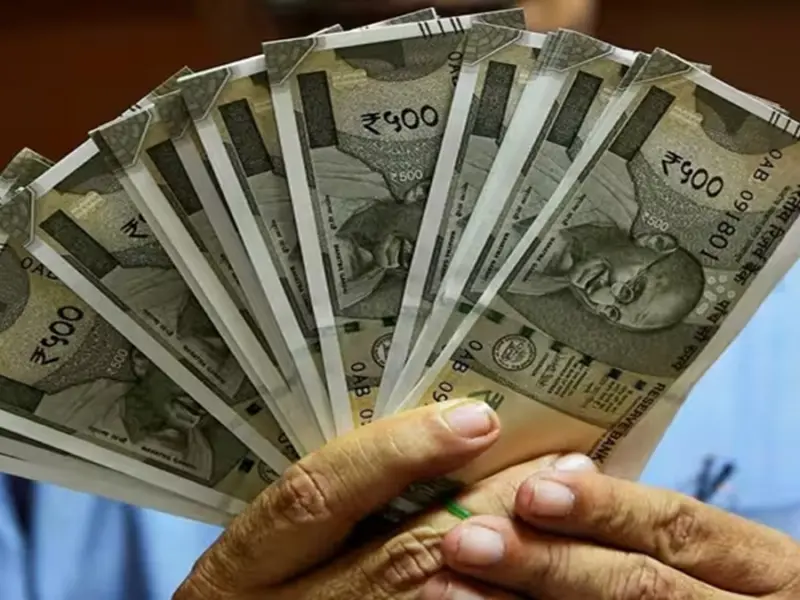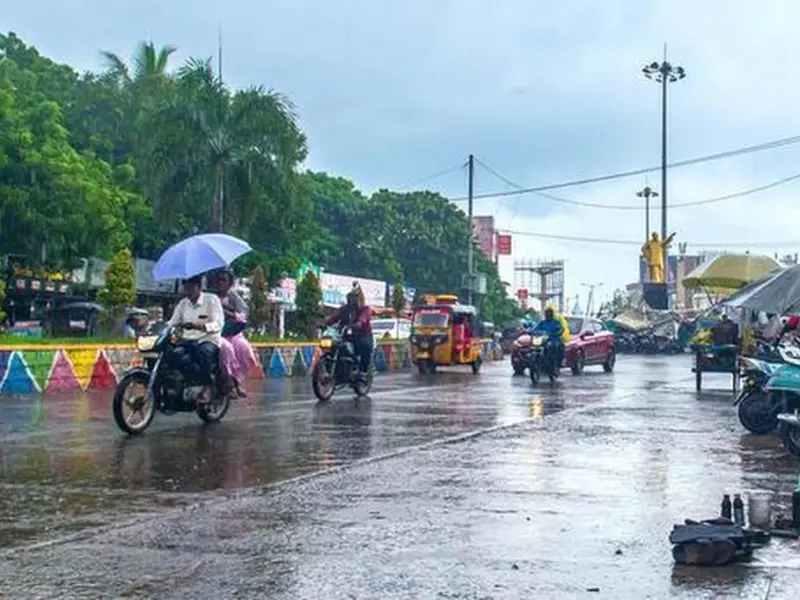India has reported a resurgence in COVID-19 cases, with active infections crossing the 4,000 mark for the first time in recent months. According to the latest data released by the Ministry of Health and Family Welfare, a total of 4,026 patients are currently under treatment across the country, as of Tuesday.
The sharpest rise has been witnessed in Kerala, which accounts for the highest number of active cases at 1,446, followed by Maharashtra (494), Gujarat (397), and Delhi (393).
Five Deaths in 24 Hours Reported Across Four States
Two fatalities in Maharashtra, and one each in Kerala, Tamil Nadu, and West Bengal
In the last 24 hours, five deaths due to COVID-19 have been reported nationwide. Maharashtra recorded two fatalities, while Kerala, Tamil Nadu, and West Bengal each reported one death. This brings the total number of COVID-related deaths in 2025 to 37, as per official data.
Rapid Rise in Infections Since May 22
Active case count jumped from 257 on May 22 to over 4,000 by June
India witnessed a notable spike in infections during the last week of May. The number of active cases rose from 257 on May 22 to 3,395 by May 31, and further to 4,026 by early June. Health authorities are closely monitoring the trend, although the severity remains low.
Haryana Reports 16 Fresh Cases, Gurugram and Faridabad Most Affected
No hospitalizations reported; most patients under home isolation
Haryana reported 16 new COVID-19 cases on Tuesday, with Gurugram (6) and Faridabad (5) leading the count. Karnal and Jhajjar each reported two cases, while Ambala recorded one. The total number of active cases in the state has risen to 51, up from 44 the previous day. Encouragingly, no COVID-19 patients in Haryana are currently hospitalized.
District-wise breakdown of active cases in Haryana:
| District | Active Cases |
|---|---|
| Gurugram | 17 |
| Faridabad | 12 |
| Karnal | 11 |
| Panchkula | 4 |
| Jhajjar | 3 |
| Ambala | 3 |
| Sonipat | 1 |
Experts Point to New Omicron Sub-Variants as Cause of Surge
ICMR chief assures low severity; LF.7 and JN.1 most detected variants
Health officials and virologists have attributed the current rise in cases to emerging Omicron sub-variants, which, while more transmissible, are not causing severe illness. Dr. Rajiv Bahl, Director General of the Indian Council of Medical Research (ICMR), stated that the variants LF.7, XFG, JN.1, and NB.1.8.1 are responsible for the uptick, with LF.7 and JN.1 being the most commonly found.
Dr. Bahl reassured the public that these strains are mild and manageable at home, stressing that there is no cause for panic.





